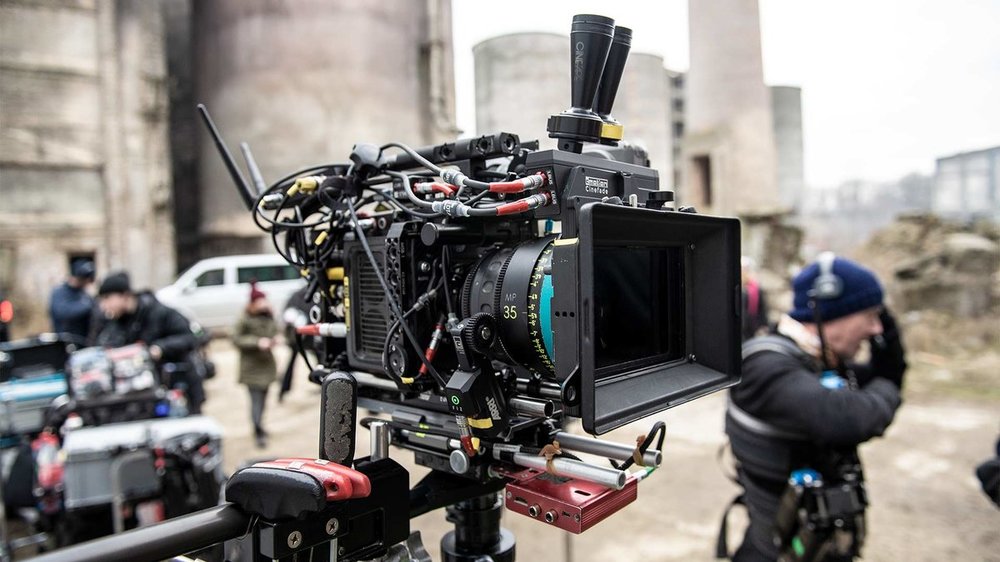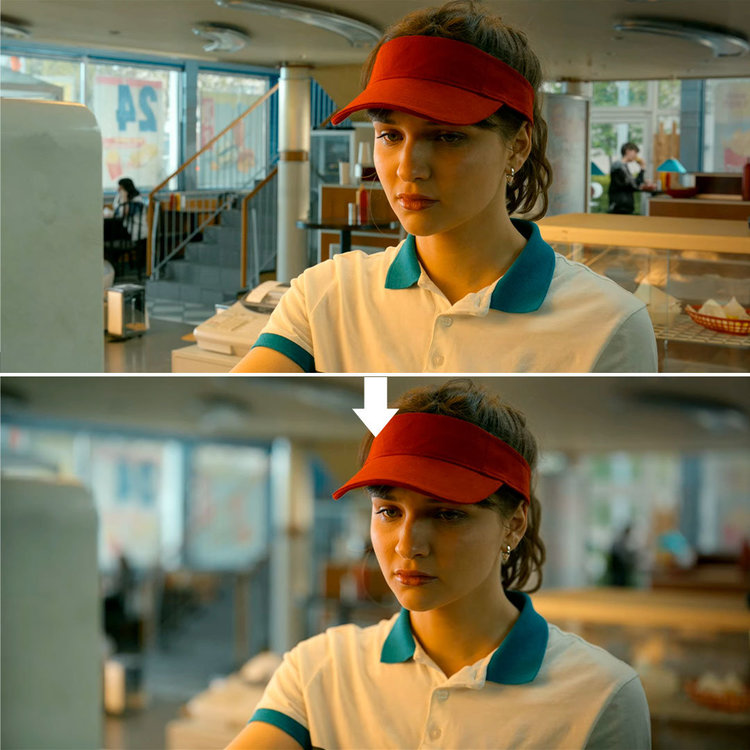
Oliver Janesh Christiansen
Basic Member-
Posts
7 -
Joined
-
Last visited
Profile Information
-
Occupation
Other
-
Location
London
-
My Gear
Cinefade VariND
Contact Methods
-
Website URL
www.cinefade.com
Recent Profile Visitors
The recent visitors block is disabled and is not being shown to other users.
-
I wonder if they did it in post or practically on set. I have seen some examples of it being done in post, for example in TV series Bodyguard (not great result).
- 2 replies
-
- depth of field
- storytelling
- (and 11 more)
-
Yes, I agree. Changing shutter is not an option. The Cinefade has been on the market for a year now, so there are certainly more than two units available in LA by itself now. Total weight of the VariND is 690g. The wireless receiver unit is built into the cforce lens motor, so won't add extra weight. In my experience Steadicam Operators haven't complained about the extra weight on the front when balancing.
- 4 replies
-
- depth of field
- variable nd
- (and 6 more)
-
I think that the technology the electronic variable NDs are based on are not good enough quality for pro cinema cameras yet. Apparently there is some digital colour correcting that goes on internally on the cameras to counteract the colour cast by the filters but I am not an expert on this topic. Having said that, Panavision may be figuring it our with their LCND.
- 5 replies
-
- varind
- variable nd
-
(and 7 more)
Tagged with:
-
Best ND filters?
Oliver Janesh Christiansen replied to Francesco Cantoro's topic in Lenses & Lens Accessories
Have you considered using a variable ND filter? Speeds up traditional ND filter changes on set and gives you more flexibility... The Cinefade VariND can be remotely controlled from a LCS or directly from the buttons on the filter. Panavision also announced a LCND a while ago but don't think it's available yet -
For all of you camera assistants who have been asked to DIY build your own variable ND filter with two polarisers, here is a plug-and-play solution: The Cinefade VariND just needs to be connected with an LBUS cable, no calibration required and can be remotely controlled from a cmotion cPro lens control system! Thoughts? Comments? Has anyone used this system for interior to exterior shots or just to speed up ND changes, especially when working with RED cameras without internal NDs?
- 5 replies
-
- varind
- variable nd
-
(and 7 more)
Tagged with:
-
How do you deal with the drastic change in lighting when doing an interior to exterior shot (handheld, Steadicam, gimbal etc) without riding the iris so depth of field remains constant (Example)? Are there any good professional variable ND filters out there besides the Cinefade VariND and maybe the PV LCND?
- 4 replies
-
- 1
-

-
- depth of field
- variable nd
- (and 6 more)
-
The novel Cinefade VariND has been available for over a year now and there are some great examples of how cinematographers have used the variable depth of field effect in narrative storytelling and commercials (Examples). It's still a new effect though and I'm wondering how else you would use the Cinefade in your post-covid projects? Reveal a bad guy lurking in the background by extending depth of field? Combine with a Dolly Zoom effect? Let's get creative...
- 2 replies
-
- depth of field
- storytelling
- (and 11 more)





